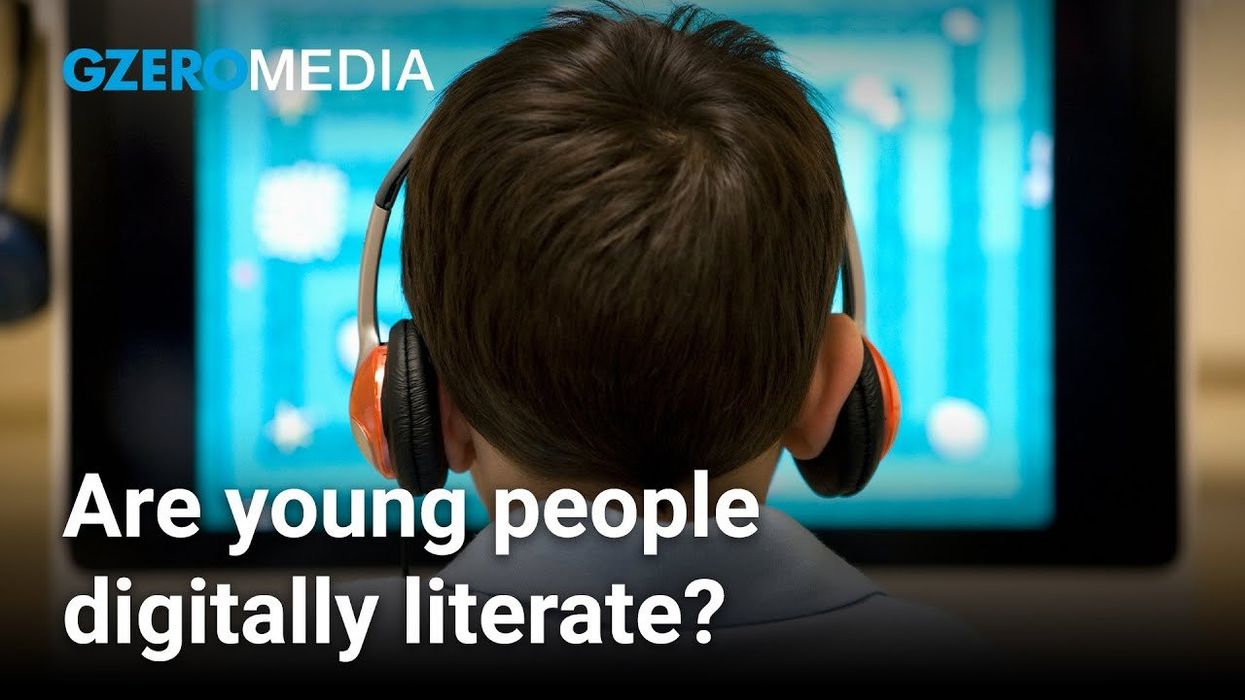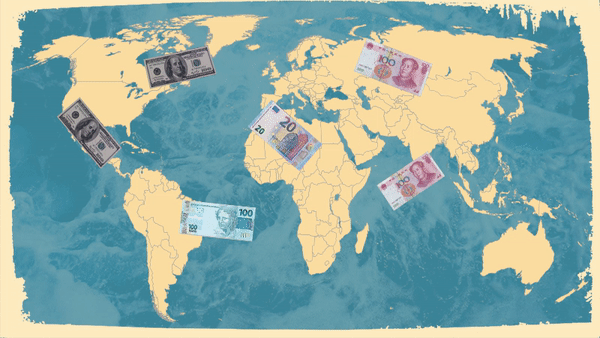Science & Tech
Digital natives: Redefining youth digital literacy
Contrary to the common notion that today's young people are inherently digital-savvy due to their exposure to technology, chief innovation officer of USAID, Mohamed Abdel-Kader says that simply knowing how to navigate social media or use a smartphone does not equate to digital literacy. In a recent GZERO livestream presented by Visa, Abdel-Kader expressed how young people are not innately able to understand the broader implications of their digital actions, including being aware of the consequences of their online posts, critically evaluating information discovered, and navigating a digital world of “fake news.”
Sep 19, 2023


